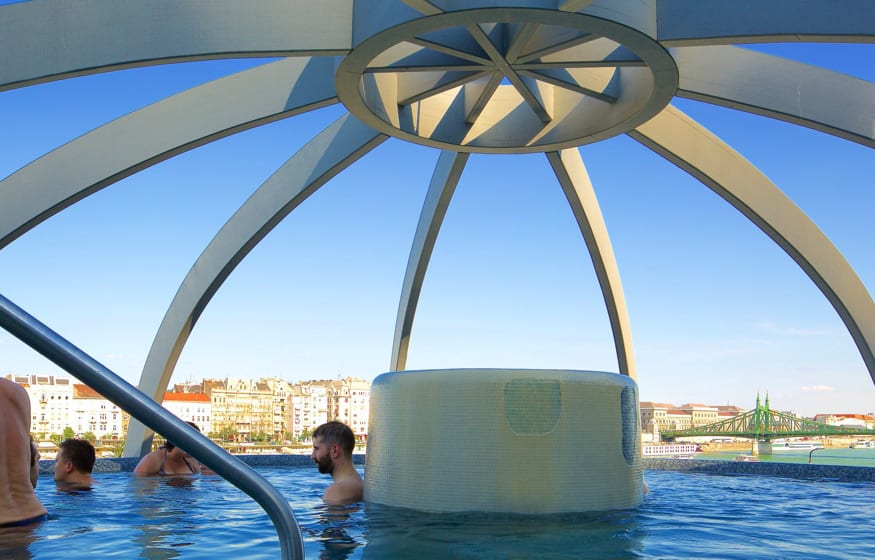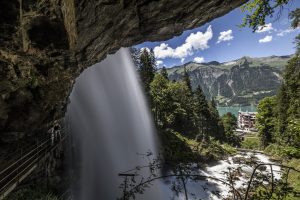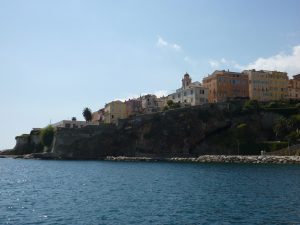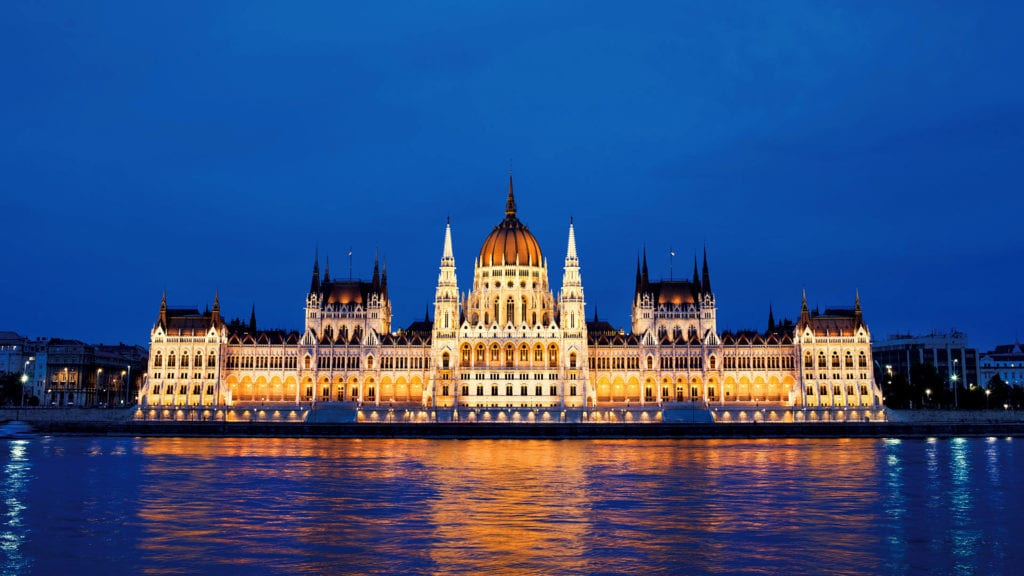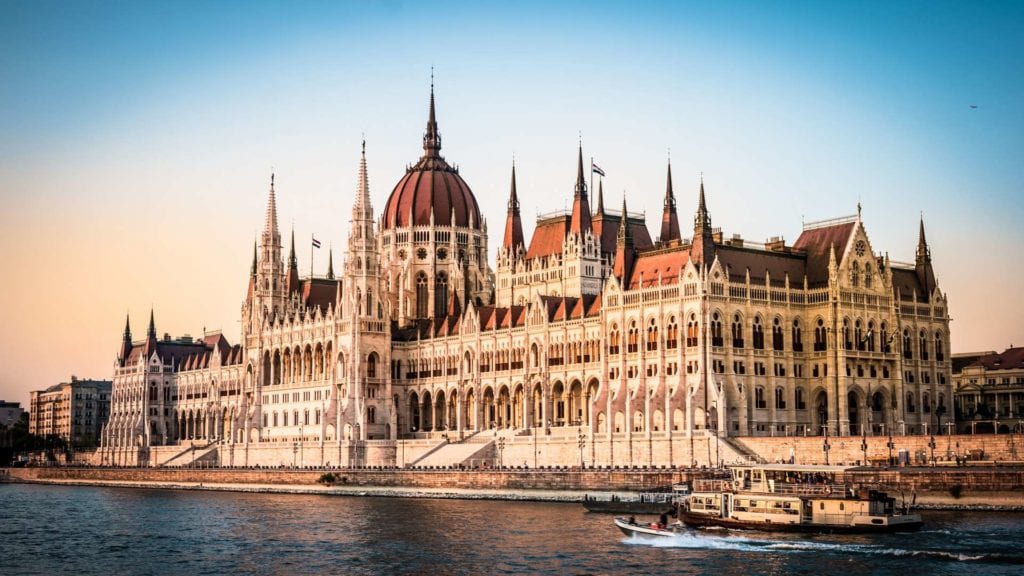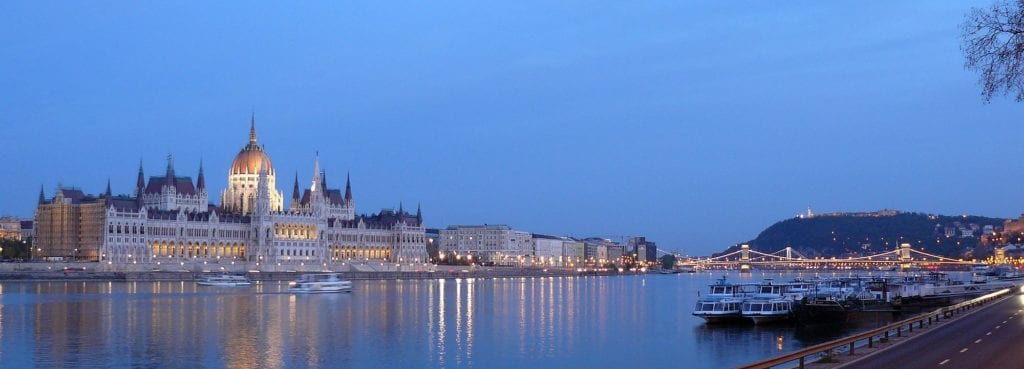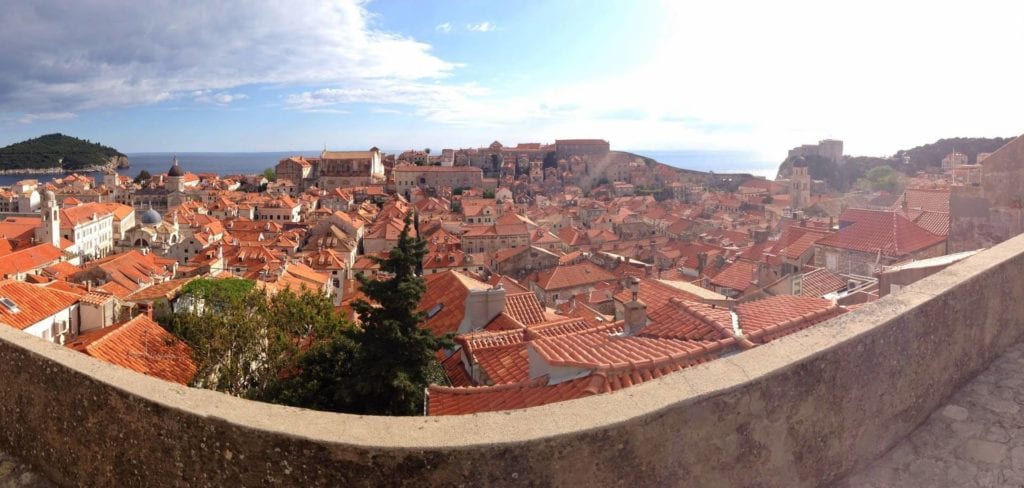
The Spas of Budapest
One of the biggest and most exciting cities in Central Europe, Budapest is renowned as a must see destination. At the heart of the city’s heritage is its legendary mineral-rich waters and steaming thermal baths, which have been enjoyed for over 2,000 years.
The remains of Thermae Maiores, the public baths used by the Romans, have been excavated and can be visited today. The Ottomans, after invading the city in the 16th century, were particularly fond of Buda’s hot springs and some of the hammams they built are still functional today (Rudas, Király, Veli Bej).
During the bathhouse-building frenzy, which dates back to Budapest’s golden years under the Austro-Hungarian Empire in the early 20th century, newer baths were designed as lavish palaces with the best examples today being the monumental Széchenyi and Gellért.
Having officially carried the title as a Spa City for over 80 years, the city’s network of hot springs that feed into numerous thermal baths are unmatched on a global scale. The baths are replenished with a daily delivery of 70 million litres from 118 hot springs and drilled wells. With the huge variety of baths on offer, there certainly is something for everyone.
Benefits of visiting a thermal bath?
Although science has yet to verify the healing effects of balneotherapy, the treatment of pain in thermal water, it is possible that mineral-rich water is a useful supplement to standard treatments. Adding a thermal baths to your itinerary is not only a great reason to soak in hot water inside grand old buildings but also a great way to relax, reflect, or socialise.
Social gatherings and information exchange have historically been central to Budapest bathhouses. This was especially true during the most oppressive years of communism in the 1950s, when hiding amid clouds of mist and the background noise of running water was a relatively safe refuge for covert political discussions.
Budapest has a total of nine medicinal baths today (and 123 hot springs). While the water’s mineral content is similar across the baths, each venue is unique in terms of its size, architecture, amenities, and the type of visitors it draws. Tourists mainly flock to Széchenyi, Gellért, and Rudas — they’re the most stunning. This, in turn, is driving locals away to quieter locations with lower admission fees.
Being prepared:
The essentials for any trip to a spa in Budapest are;
- Swimsuit
- Flip flops or sandals
- Towel
- Note: some spas have main swimming pools and offer lane swimming, if you wish to use these you will need a swimming cap.
Useful to know:
- The general admission ranges from €10 to €20 and includes the price of a small locker (you can also rent a cabin for a surcharge).
- The best days to visit the spas of Budapest are during the week. At weekends it’s generally very busy and the price of admission is often slightly lower on week days.
- For the bigger spas, Széchenyi or Gellért, it is best to get there early in the morning (between 6am and 9am). It will be less crowded and you will be able to enjoy the facilities to the fullest.
- Except for Rudas, all Budapest baths are unisex and require a bathing suit.
- You are able to enjoy the spas all year round but soaking in steaming-hot water is especially reviving in the winter, particularly in the outdoor pools. Water temperatures usually range from 30 to 40 degrees Celsius (86 to 104 Fahrenheit).
- The general admission ticket covers the use of cold pools, saunas, and steam rooms. Tickets for less than two hours and afternoon-only stays are the most common.
- Baths also offer additional services like massages, private baths, and pedicures for an extra charge. These can be booked in advance through the spa’s website and also on the day, subject to availability.
- The mineral-rich water is available to buy and drink. Széchenyi, Rudas, and Lukács each have a thermal water fountain with sulphurous water for consumption (if you bring an empty bottle, you can also take some to go). Prices won’t set you back much: a glass costs about ten euro cents.
The Must Visit Spas of Budapest
Gellért Baths
Opening times: Monday to Sunday 6 am to 8 pm
Attached to the grand Hotel Gellért, an art nouveau landmark from 1918, these baths are considered a masterpiece of art nouveau architecture, with stained-glass windows and colourful porcelain tiles adorning the walls. Enjoying a dip in the Gellért Baths has been likened to taking a bath in a cathedral, so it’s unsurprising that it’s the second most popular bathing complex in the city. The indoor pools are studded with turquoise ceramics that receive plenty of sunshine through the sky windows.
Open to both men and women, in mixed sections, the thermal pools range in temperature from 35°C to 40°C and the water is said to be good for pain in the joints, arthritis, blood circulation and asthmatic disorders.
Széchenyi Baths
Opening times: Monday to Sunday 6 am to 7 pm; the outdoor pools are open until 10 pm
The lavish Széchenyi Thermal Baths were built at the beginning of the 20th century. The complex is the largest in Europe and remains one of the most popular baths in the capital – it is The Times Square of thermal baths.
As a first time visitor to Budapest it is recommended that Széchenyi is on your list to try, if you head to the main entrance, from Kós Károly Walkway, you can glance at the interior mosaics inside the Baroque Revival building. The 3,000 sqm of water are high in calcium, magnesium and hydrogen carbonate and deemed to be good for pains in the joints, arthritis, blood circulation and disorders of the nervous system. Soaking in the steaming outdoor pool here during the winter months can be an especially memorable experience.
Rudas Baths
Opening times: Monday to Sunday 6am to 8pm; night bathing on Friday and Saturday from 10pm to 4am
Built in 1566 under Ottoman Pasha Sokollu Mustafa, the Rudas Baths have been in operation since the Turkish conquest of Hungary in the 16th century. These renovated baths have the most Turkish influence of the baths in Budapest. The biggest attraction here is a rooftop hot tub providing a stunning view of the capital – which is included in your ticket. Other key features to these baths include, an octagonal main pool, omed cupola with coloured glass and massive columns.
It is important to note that on weekdays, except Tuesday, only men are allowed in the Turkish section. They saunter from pool to pool under the vaulted arcades wearing an apron-like cloth, kötény, which covers little of their bodies. Visitors are also welcome to enjoy the wellness centre which offers a number of treatments as well as the restaurant which sits at the southern end of the complex.
Lukács Baths
Opening times: Monday to Sunday 6 am to 10 pm
Lukács, a 19th century complex, is a real medical mecca for keen spa aficionados. As a place that locals frequent, the modest but functional layout makes Lukács feel more like an actual bath compared to the likes of Gellért and Széchenyi.
Renowned for its healing qualities and health benefits, the baths showcase their many memorial plaques which give thanks, in various languages, to the institution and medical staff for healing, some as far back as 1897. These vast baths are also home to a drinking hall offering the same water that is supplied to baths, from a newer well, which is rich in calcium, hydrogen-carbonate, sulphate, chloride as well as sodium and fluoride ions. The thermal baths are between temperatures of 22°C to 40°C and are available to both men and women.
Getting Here
You can travel to Hungary easily without flying. Have a look at our dedicated Budapest destination page or, for an easy city break by rail, check out our suggested Budapest Without Flying itinerary. Twice a year, there are even journeys from Budapest back to London aboard the famous Venice Simplon-Orient-Express.
For more information on train travel to Hungary and suggested itineraries, visit our Rail Holidays in Hungary page or give us a call on 020 3322 7741




